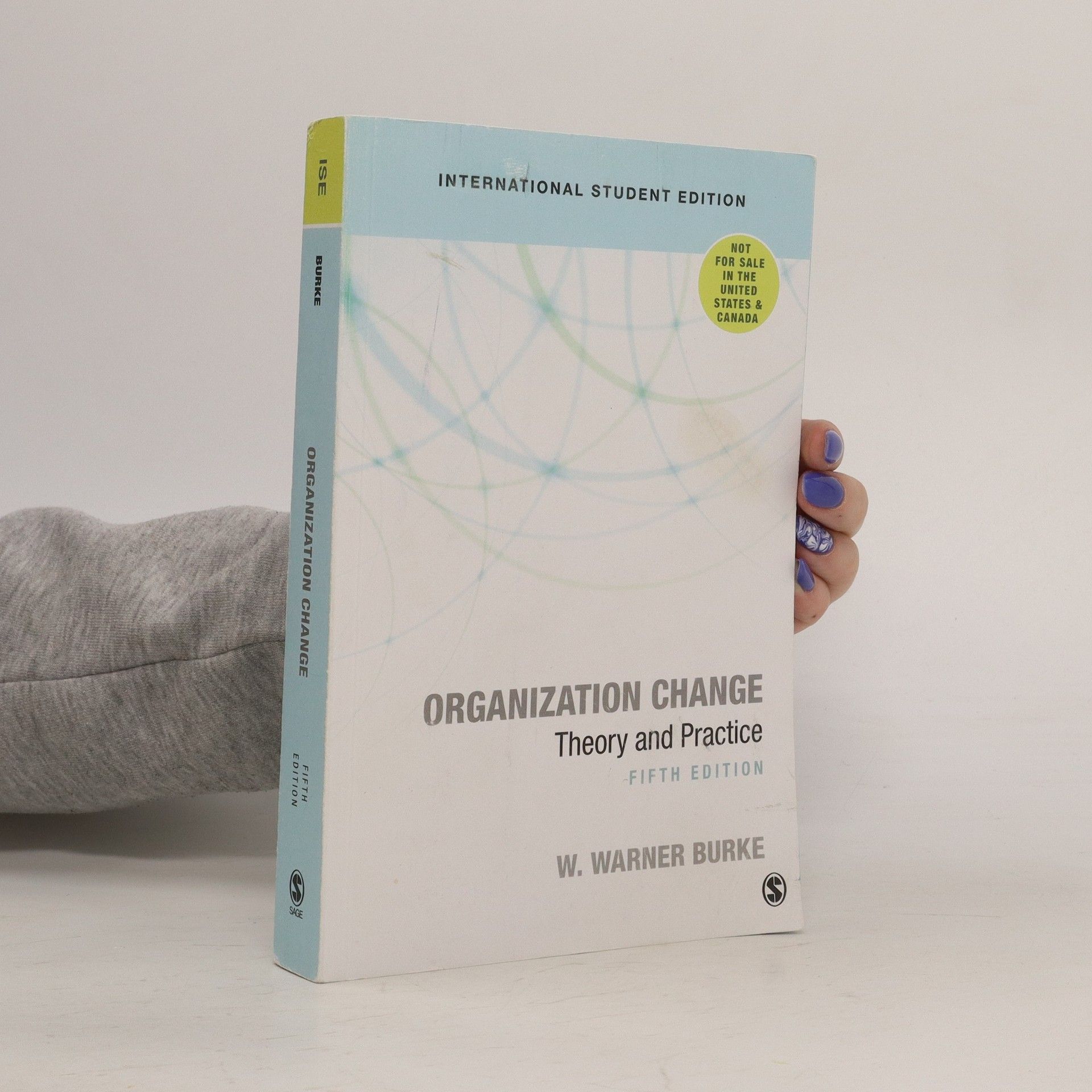Developing Learning Agility: Using the Burke Assessments
- 202 Seiten
- 8 Lesestunden
Developing Learning Agility: Using the Burke Assessments is intended to give the reader a set of practical activities they can apply in work situations to develop the 38 items found in the assessments. This book complements Learning Agility: The Key to Leader Potential, our first book on this subject. After learning about the nine dimensions of the Burke Assessment and that each of the 38 items on the assessment are behavioral, the next step is learning how to develop each of those items or behaviors. That is the focus of this book.

